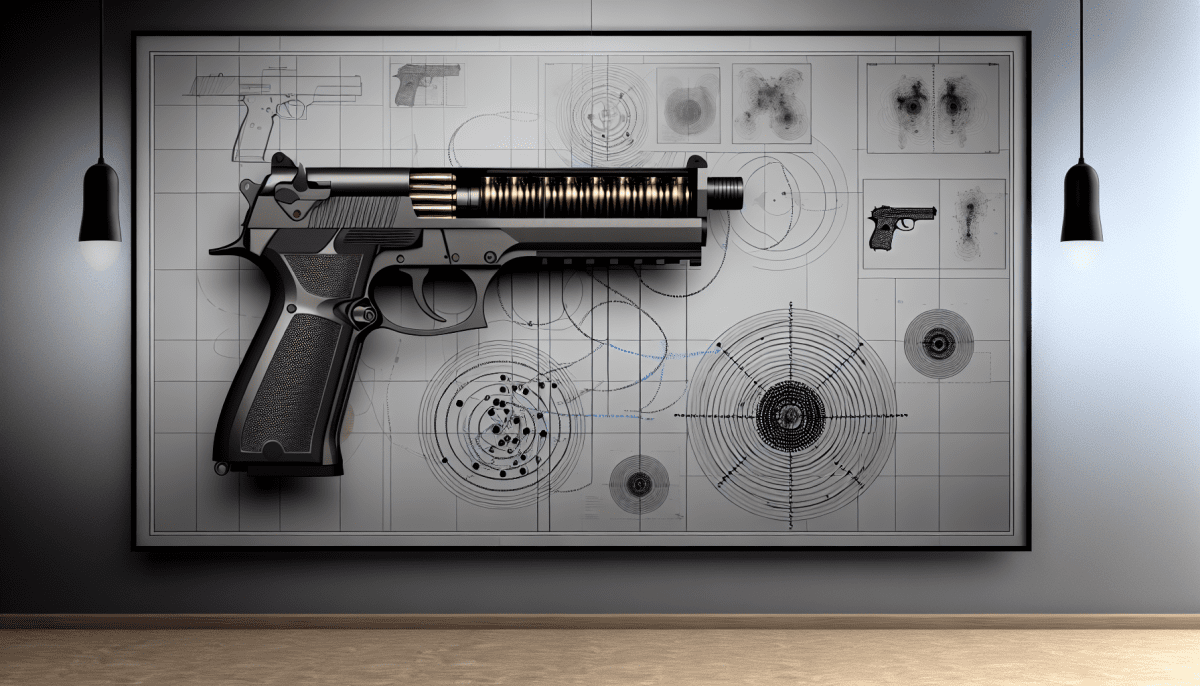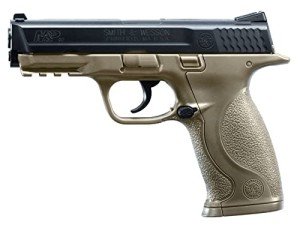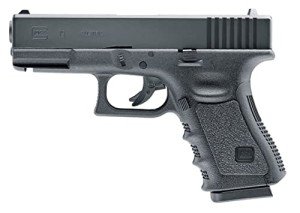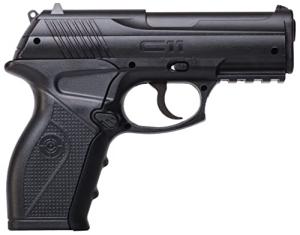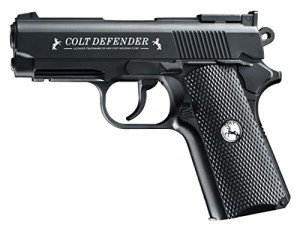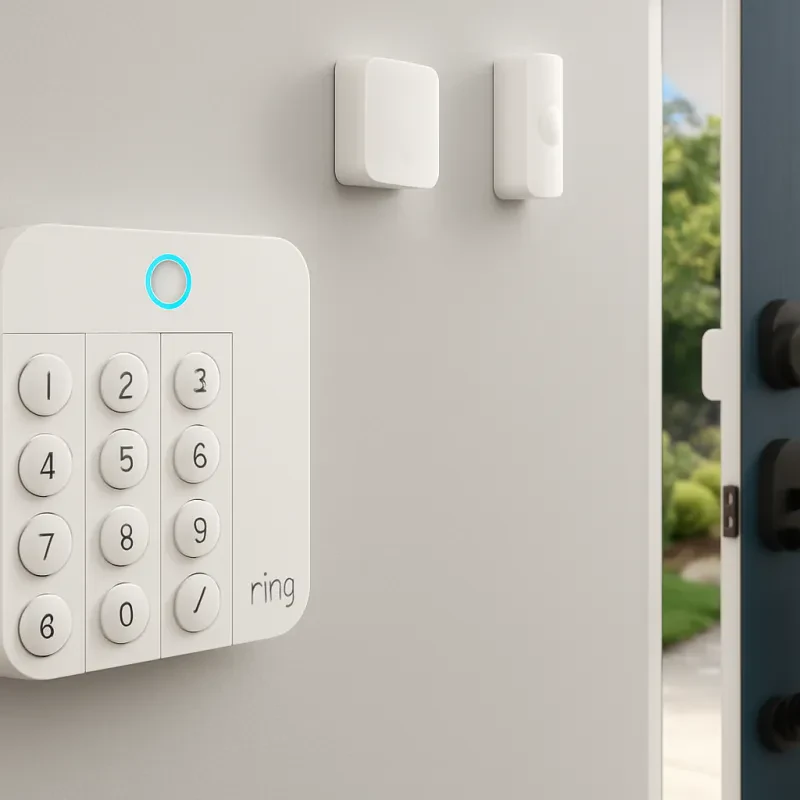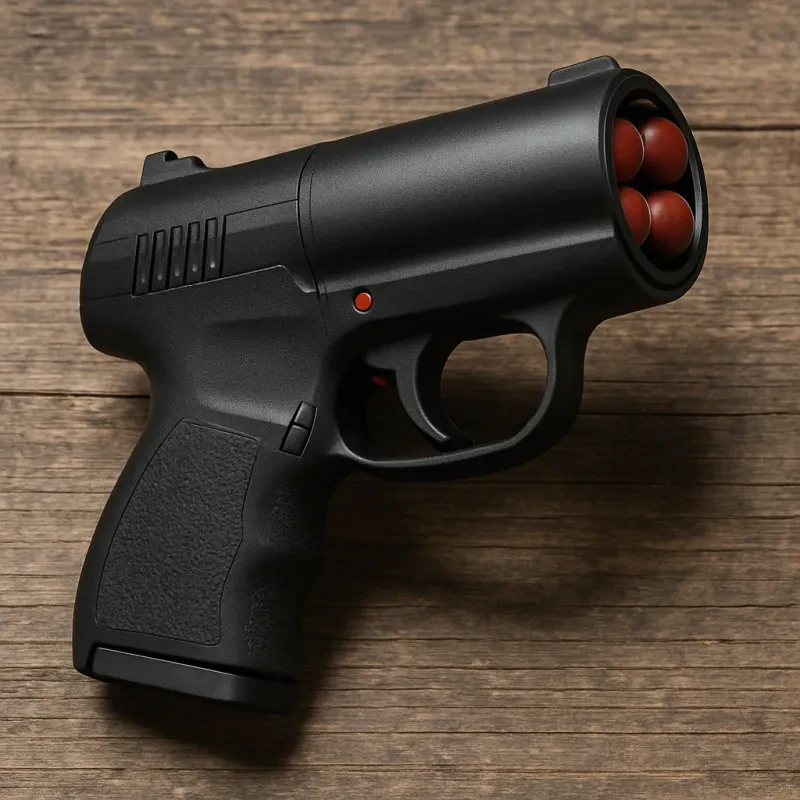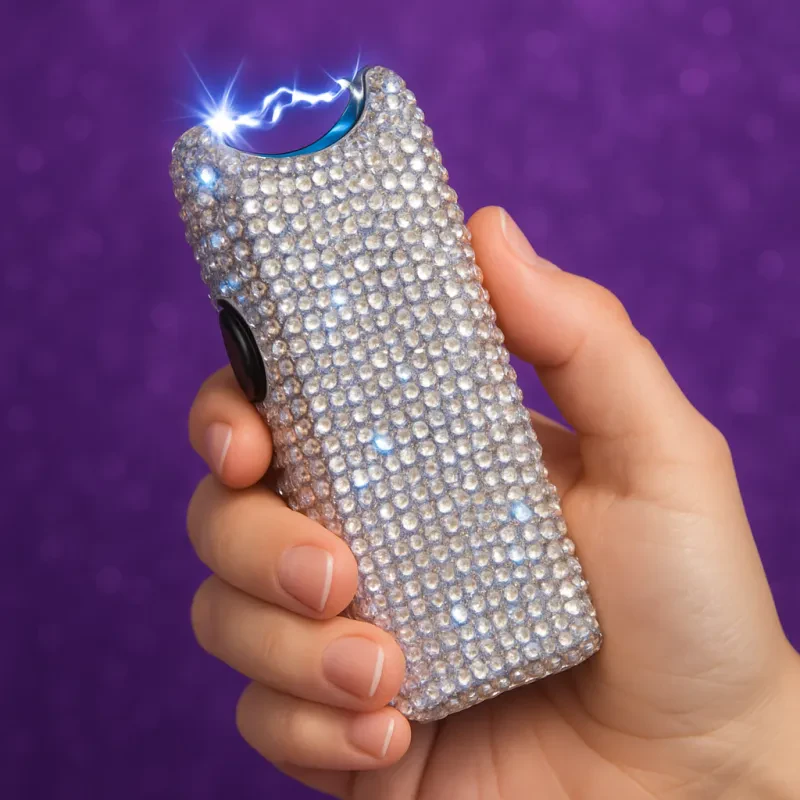When it comes to self-defense, choosing the right firearm is a critical decision that can have life-altering consequences. Meanwhile, air pistols, often used for training and recreational shooting, are frequently misunderstood in terms of their capabilities. This article delves into these topics, offering insights into selecting the best gun for self-defense and understanding the effective range and limitations of air pistols.
The Best Gun for Self-Defense: Key Considerations
Selecting the best gun for self-defense requires balancing factors such as effectiveness, ease of use, reliability, and personal comfort. Below are some crucial considerations and recommendations to guide your choice:
1. Handguns for Self-Defense
Handguns are often the top choice for self-defense due to their portability, concealability, and ease of use in close quarters. Popular models include semi-automatic pistols and revolvers, each with its advantages:
- Semi-Automatic Pistols: These are widely favored for their higher ammunition capacity and quicker reload times. Models like the Glock 19, Smith & Wesson M&P Shield, and Sig Sauer P365 are celebrated for their reliability, ergonomic designs, and manageable recoil.
- Revolvers: Known for their simplicity and dependability, revolvers like the Smith & Wesson Model 686 or Ruger SP101 are excellent for users seeking low maintenance and straightforward operation.
2. Shotguns for Home Defense
Shotguns, particularly pump-action models like the Remington 870 or Mossberg 500, are often considered ideal for home defense. Their versatility in ammunition types, such as buckshot or slugs, allows users to tailor their choice to specific needs. Additionally, the distinctive sound of racking a shotgun can serve as a deterrent.
3. Rifles for Specialized Defense Scenarios
While less common for personal defense, rifles such as the AR-15 are sometimes used in home defense situations. Their accuracy and stopping power make them effective in specific scenarios, though they are generally less maneuverable in confined spaces.
4. Caliber and Ammunition
The choice of caliber is another vital consideration. Common calibers for self-defense include:
- 9mm: Popular for its balance of stopping power and controllable recoil.
- .380 ACP: Suitable for smaller, easily concealable firearms.
- .45 ACP: Known for its stopping power but comes with more significant recoil.
Selecting high-quality self-defense ammunition, such as hollow-point bullets, enhances effectiveness by maximizing stopping power while minimizing over-penetration risks.
5. Training and Practice
Regardless of the firearm chosen, regular training and practice are indispensable. Familiarity with your firearm’s operation, accuracy, and maintenance ensures readiness in high-stress situations.
Air Pistols: Range and Capabilities
Air pistols are not typically considered viable tools for self-defense, but they excel in other roles, such as recreational shooting, pest control, and training. Understanding their capabilities and limitations is essential.
1. Shooting Range of Air Pistols
The effective shooting range of an air pistol depends on factors like caliber, power source, and ammunition type. Generally:
- CO2-Powered Air Pistols: These pistols typically have an effective range of 10-15 yards for accurate shooting. They are commonly used for target practice due to their consistent velocity.
- Spring-Piston and PCP (Pre-Charged Pneumatic) Pistols: These models can achieve greater power and accuracy, extending their effective range to around 20-30 yards, depending on the specific model and shooting conditions.
2. Accuracy and Power
Air pistols are engineered for precision, but their power levels are far below those of traditional firearms. Pellet velocities typically range from 300 to 700 feet per second (fps), sufficient for small-game hunting or pest control but inadequate for stopping a human threat effectively.
3. Safety Considerations
Though less powerful than firearms, air pistols are not toys. Proper handling, adherence to safety protocols, and the use of appropriate backstops during shooting are crucial to prevent accidents.
Conclusion: Choosing the Right Tool for the Job (View Air Pistol Gun Right Gun is for Self-Defense )
When selecting a firearm for self-defense, prioritize factors such as reliability, ease of use, and personal comfort. Handguns, shotguns, and rifles each have their place, depending on individual needs and scenarios. Meanwhile, air pistols are excellent tools for practice and recreational shooting but lack the power necessary for self-defense.
Ultimately, the best choice hinges on individual circumstances and preferences. Whichever option you choose, responsible ownership, training, and adherence to local laws ensure that your firearm is a tool for safety and security.
